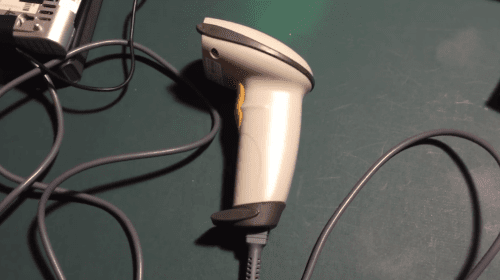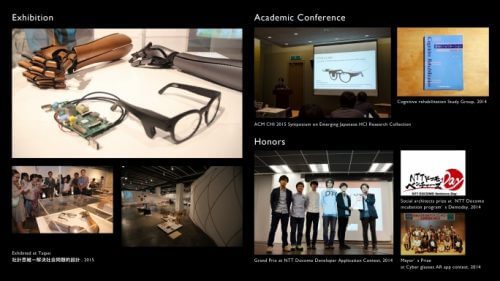Schlagwort: text to speech
-

This Arduino project is counting to a billion
Reading Time: 3 minutesGood design counts for everything Designer Che-Wei Wang built a simple Arduino project that’s counting to a billion, and has been doing so for over 10 years. Could this be the longest continually running Arduino project in the world? Che-Wei has a background in art, architecture and industrial design. He now runs…
-

Barcode reader for visually impaired shoppers
Reading Time: 3 minutesTo aid his mother in reading the labels of her groceries, Russell Grokett linked a laser barcode reader to a Raspberry Pi Zero W to read out the names of scanned item. RASPBERRY PI TALKING BARCODE READER My mom is unable to read labels on grocery items anymore, so I went looking…
-

OTON GLASS: turning text to speech
Reading Time: 2 minutesWith OTON GLASS, users are able to capture text with a blink and have it read back to them in their chosen language. It’s wonderful tool for people with dyslexia or poor vision, or for travellers abroad. OTON GLASS A wearable device for people who have difficulty reading. OTON GLASS Inspired by his…


